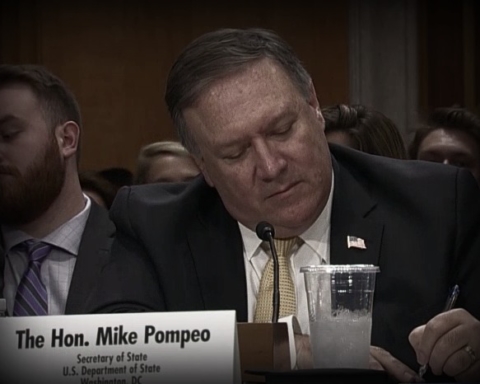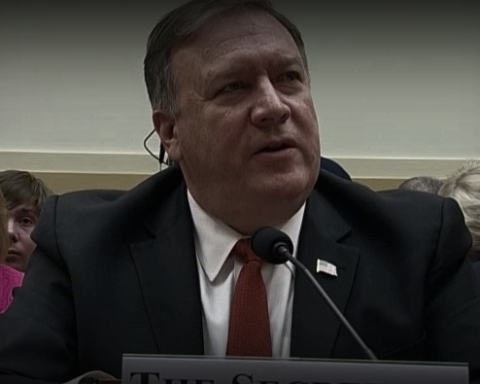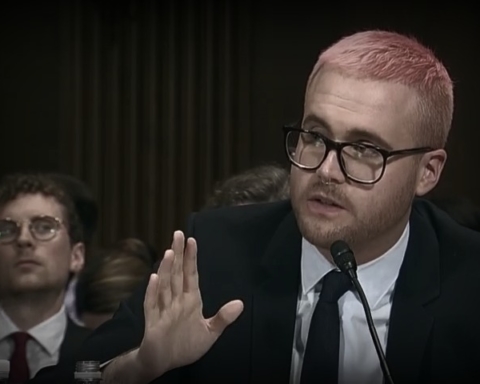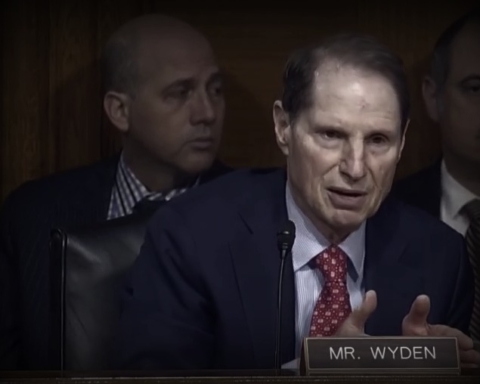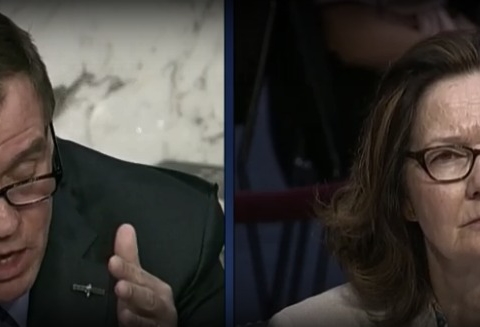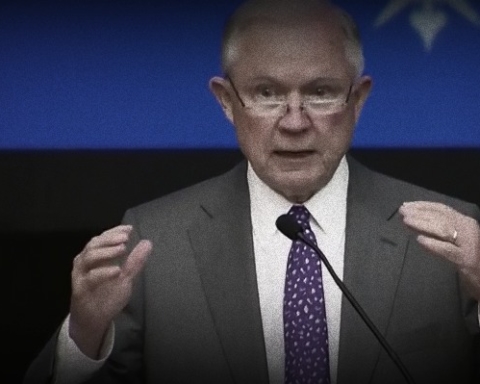The Drug Enforcement Administration said that it is going to ban the use of a substance that has been shown to be a safer alternative to opioids–one that can be used to help recovering addicts.
Kratom will be listed under Schedule I by the DEA, the agency announced on Monday. The move, which is set to take effect on Sept. 30., means the plant-derivative will be considered by the federal government to have zero medicinal value.
The rule change comes just weeks after the DEA refused to remove marijuana from Schedule I, despite the fact that medicinal use of the substance has been legalized in more than two dozen states. Recreational use of marijuana has also been allowed in a handful of states and the District of Columbia.
Researchers have for years been looking at kratom’s potential to “to help wean addicts from much stronger drugs, such as heroin and cocaine,” as Scientific American noted back in 2013. “Studies show that a compound found in the plant could even serve as the basis for an alternative to methadone in treating addictions to opioids,” the publication added.
In a press release announcing the move to outlaw kratom, DEA officials claimed that there have been fifteen “kratom related deaths between 2014 and 2016.”
Observers say, however, that these are most likely due to other factors.
“[I]n the majority of those cases, toxicology tests showed that kratom users who died also had signs of abusing other drugs or pre-existing health conditions,” The Huffington Post noted on Wednesday. In some instances of “kratom-related” death, unsafe knock-offs may have been involved, the publication added.
Substances people use kratom as an alternative pose far greater risks. According to the Center for Disease Control, there were 14,000 fatal overdoses in the US from prescription opioids alone in 2014.
“Drug overdose rates more than doubled in the US, between 1999-2014, in a trend driven by opioid abuse,” the CDC also said this year. The federal agency pinned the blame on medical professionals, noting that “prescribing continues to fuel the epidemic,” with half of all fatal opioid overdoses involving a prescription drug.
The three main drugs behind these deaths, the CDC says, are: methadone, oxycodone and hydrocodone (the latter two are commonly sold as OxyContin and Vicodin.). All three are listed by DEA under Schedule II, meaning they are considered addictive and dangerous, but with medicinal applications.

